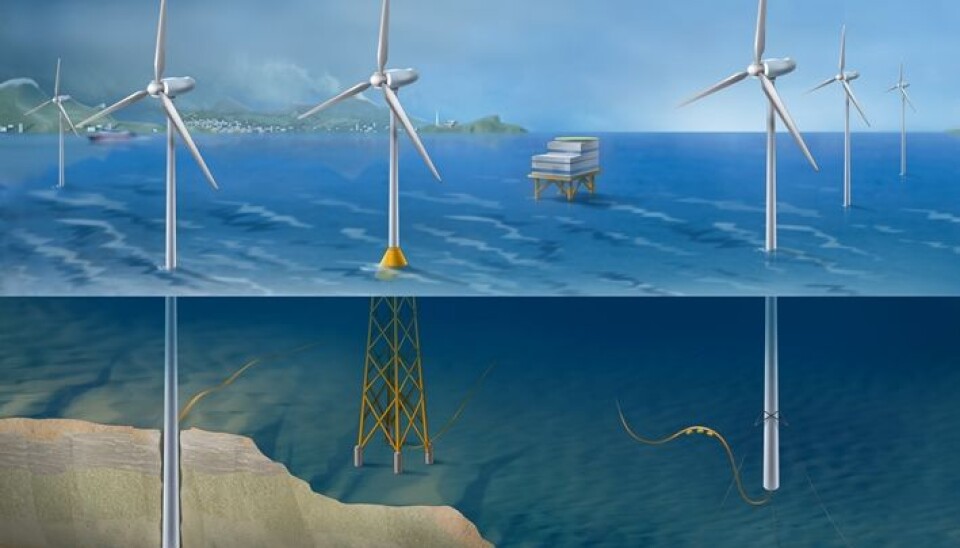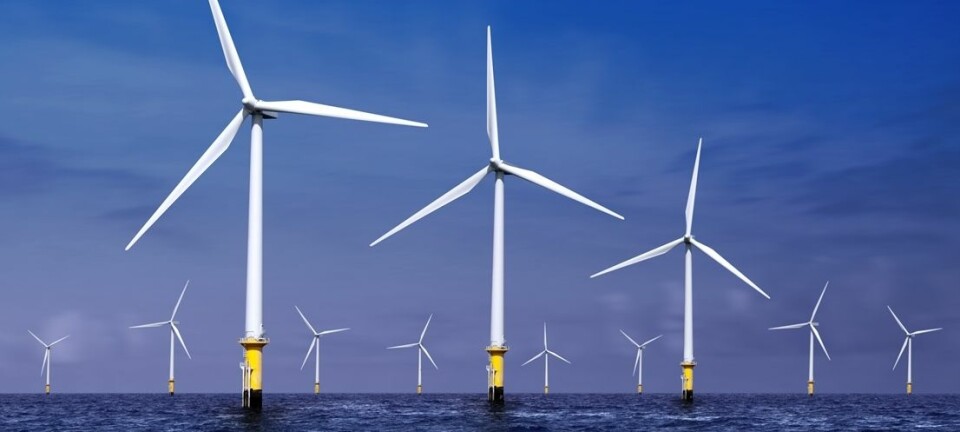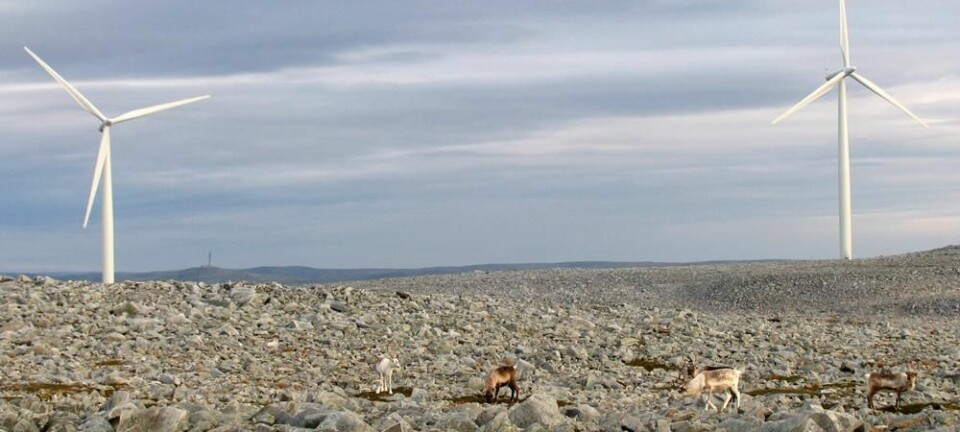An article from Norwegian SciTech News at SINTEF

Hydropower set to balance wind power
While Europe invests in wind energy, hydropower can ensure stable electricity supplies in Norway.
Denne artikkelen er over ti år gammel og kan inneholde utdatert informasjon.
The key driver of the development of a northern European offshore power grid is the massive investment being made in wind power in the Baltic and in and around the North Sea. The aim is to reduce CO2 emissions by as much as between 80 and 95 percent by 2050.
"If this project is to succeed, we must secure stable electricity supplies", says Daniel Huertas-Hernando at SINTEF.
This is why researchers are currently looking into how Norwegian hydropower plants can contribute as a potential 'blue-green' battery for European wind power.
No need for 150 coal-fired power stations
According to the EU, a total offshore wind power capacity of 3.8 GW had been established in Europe by the end of 2011. The European Wind Energy Association anticipates that this will rise to 150 GW in the period 2030 to 2050. This is equivalent to the energy produced by about 150 medium-sized coal-fired power stations.
Most of this increase in wind power generation will come from northern Europe. The widespread construction of both on- and offshore wind farms will result in greater variability in power generation, and consequently a greater need for what we call 'balancing services' – that is, energy sources which can fill the gap if wind power generation is reduced to very low levels or zero.
'A blue battery'
"Today, forecasts of wind velocities provide the only information which gives us any indication of power generation levels from wind farms for the next 24 hours", says Huertas-Hernando.
If these prognoses turn out to be wrong, or if bad weather makes generation from the turbines impossible, we will need an effective stand-by source which can fill the energy supply gap at short notice.
"And this is exactly what Norwegian hydropower can do, because it makes it possible to store energy which can then be released on tap as and when it is needed", he explains.
Renovation before new development
The researchers conclude that the renovation of existing Norwegian hydropower plants is all that is needed to boost the exploitation of Norwegian hydropower as a 'blue-green' battery supporting future European investment in wind farms.
"We don't have to build any more new hydropower plants which have a negative impact on the natural environment", says Huertas-Hernando.
“We have calculations that show that we will obtain sufficient capacity if we upgrade our existing hydropower turbines and install pump storage power plants", he explains.
A pump storage plant is a hydropower plant which can be repeatedly 'charged' because water can be pumped back into the reservoir after it has flowed through a turbine. When connected to the power grid, these types of power plant function as 'batteries'.
Calculations show that these two initiatives will provide an increase in power capacity of between 11 and 18 GW.
New power grid
New power generation must of course be connected to the onshore grid. A key issue is whether it will be profitable to introduce so-called 'coordinated solutions' in which different wind farms share infrastructure and make it possible to hook up to power from onshore hydropower sources.
"Since grid construction takes such a long time, it's important to find the answer to this question now, so that we can plan in time", says Huertas-Hernando.
"The aim is to achieve a grid development strategy which is socio-economically beneficial in a wider context. We believe that Norwegian hydropower will strengthen the benefits of any future power grid established offshore. So far the only power cables we have extending directly between different countries are the so-called 'cross-border trading cables'".

































